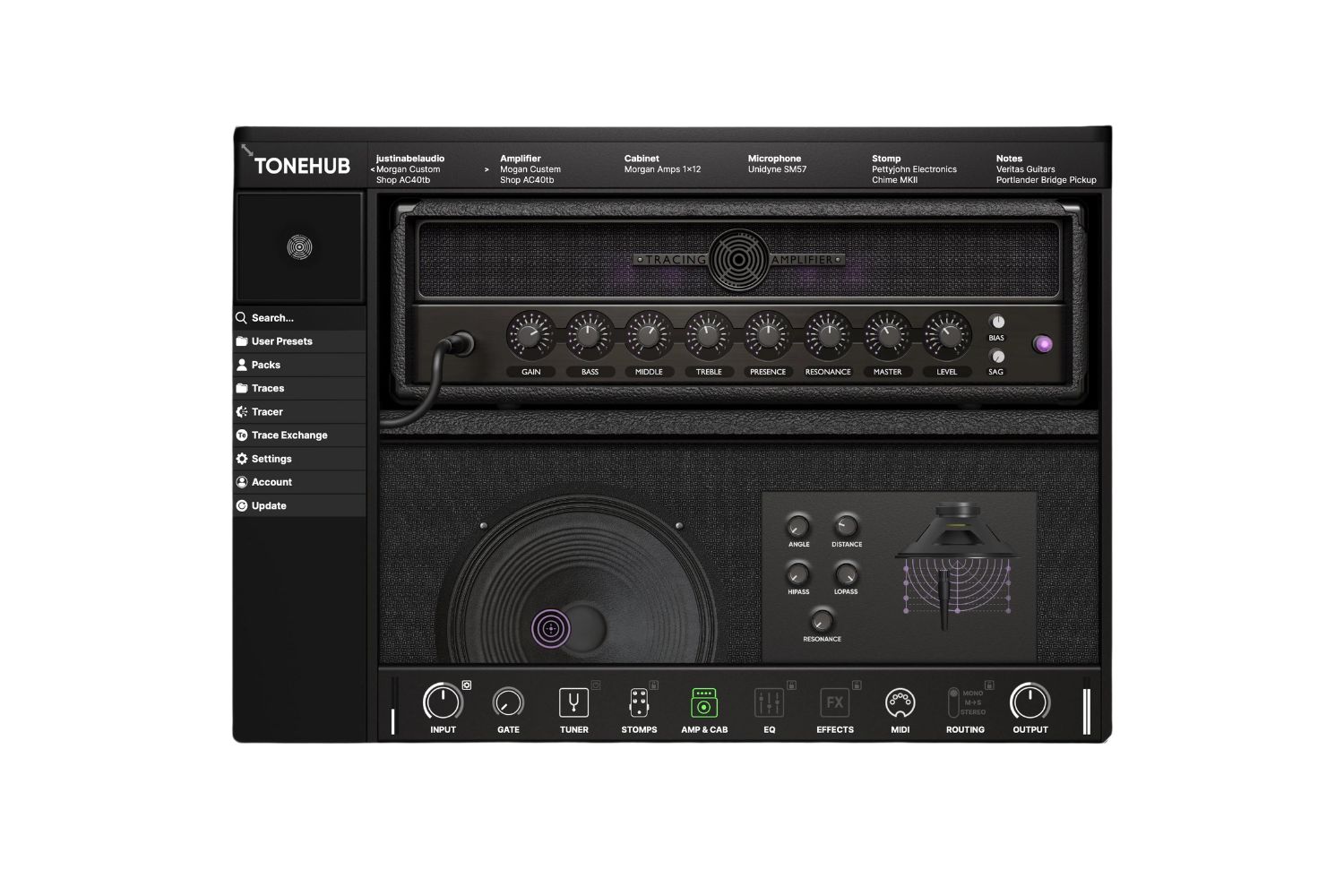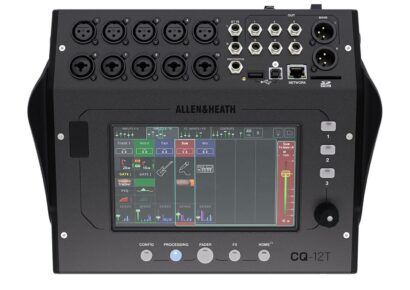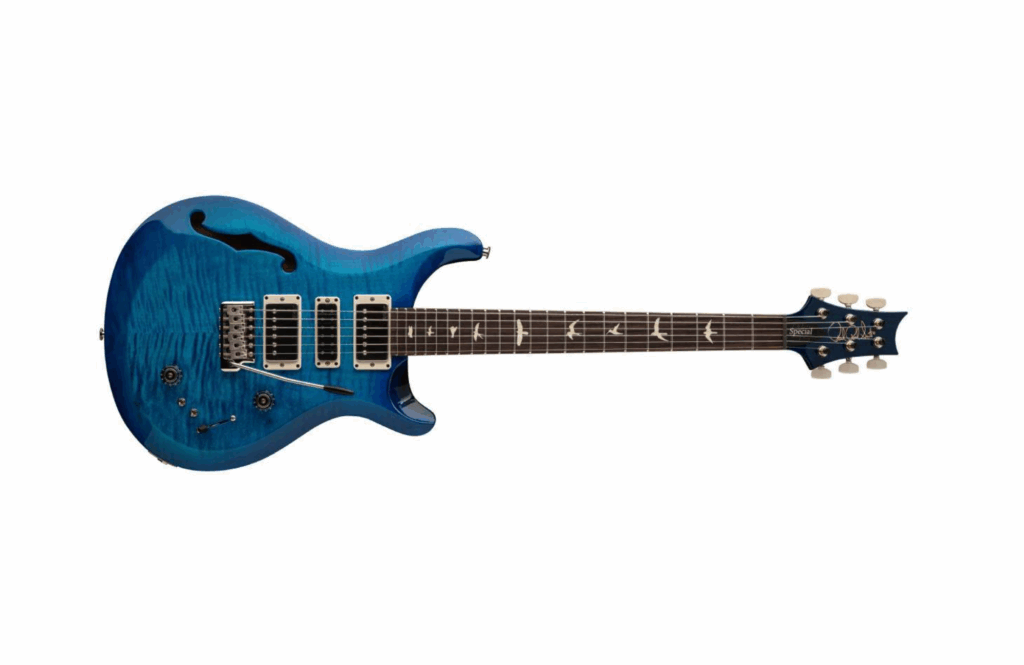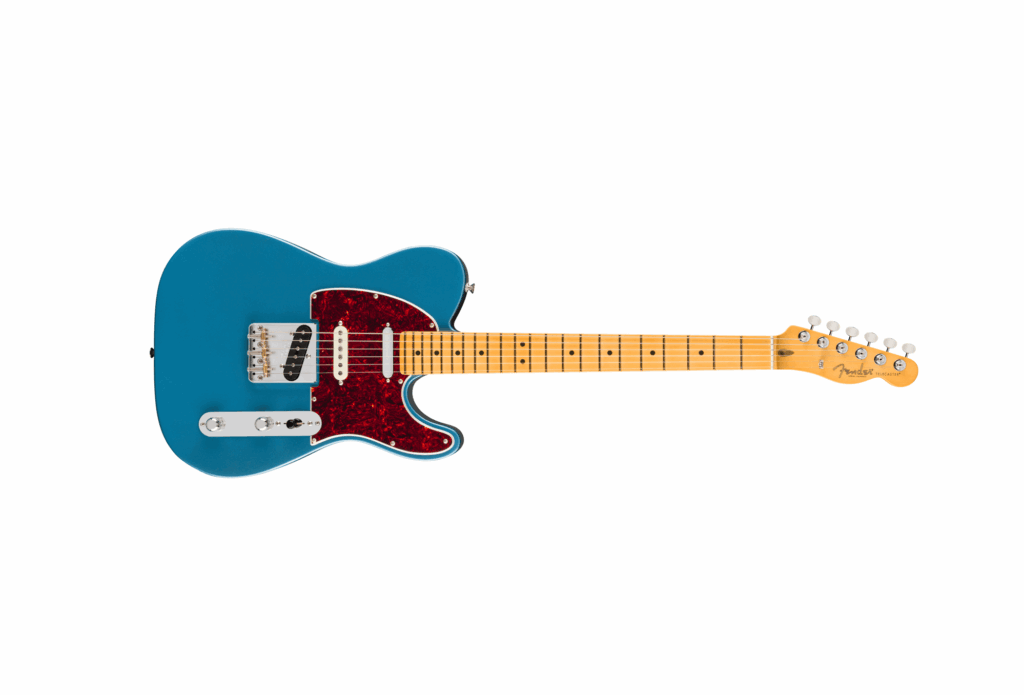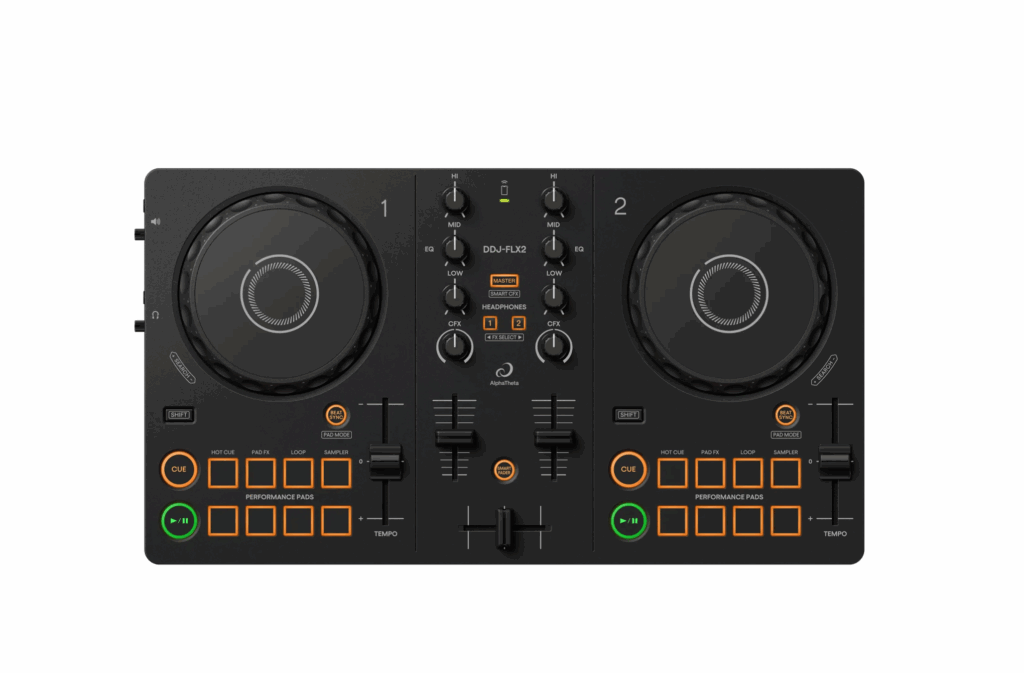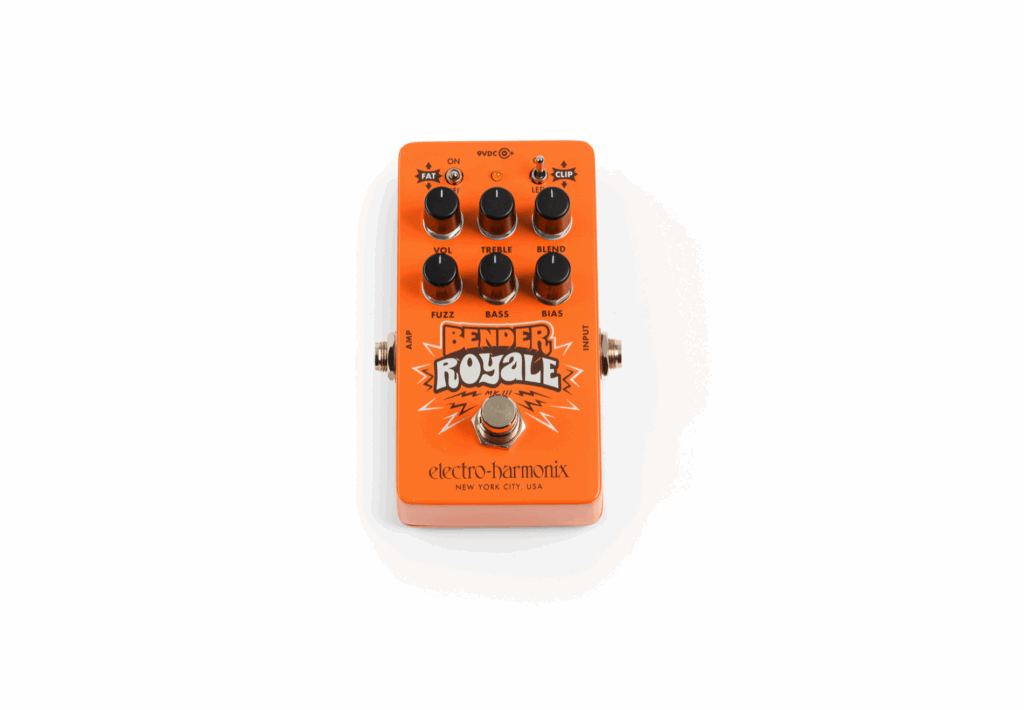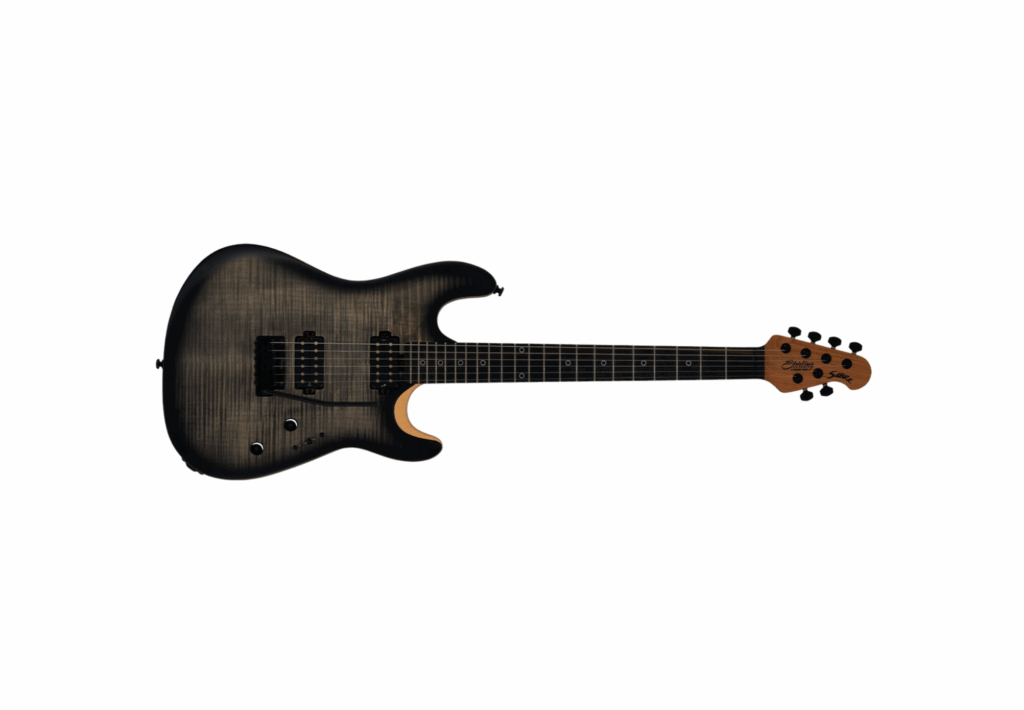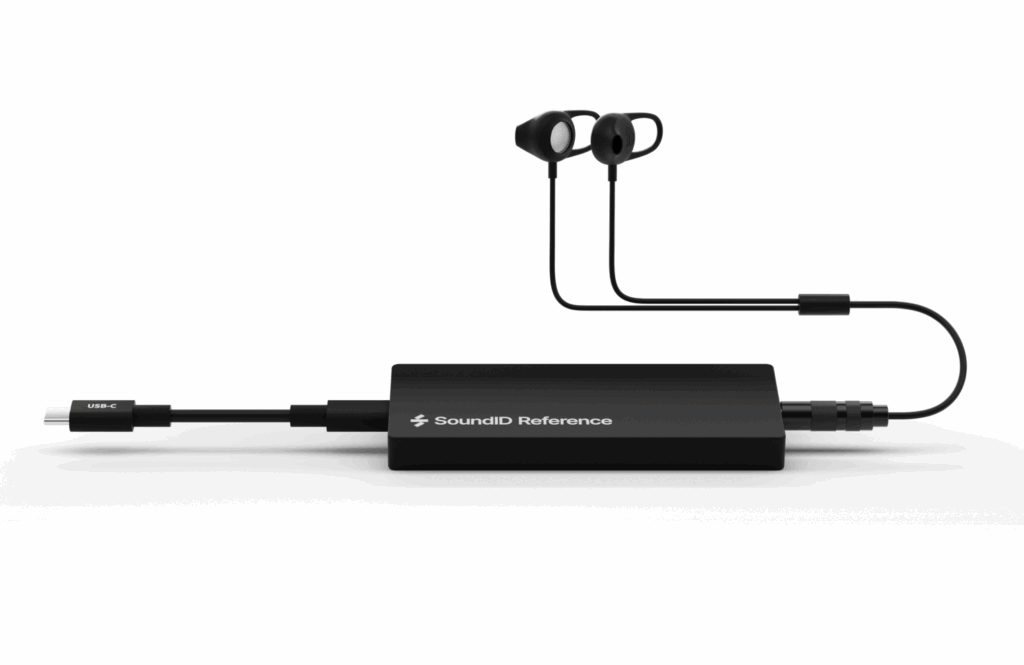STL Tones Tonehub Tracer | STL Tones | Enquire for pricing
The modern era of guitar production has enabled players and producers to travers many tonal places previously unavailable without extreme amounts of gear and experience. Nowadays with the touch of a few buttons we’re able to play through digital replicas of world famous guitar rigs, trigger samples of our favorite album’s drum kit, and use reverbs from amazing acoustic spaces from across the globe. One provider of said guitar tone replicas is STL Tones, who’ve been releasing amplifier, stompbox and cabinet emulations of classic rigs and custom signature setups for some time. They have now expanded their software to include ToneTracer, a remarkable guitar tone capturing tool that enables users to recreate their chosen amp rig inside their DAW (digital audio workstation, such as Pro Tools, Cubase, Logic or Reaper).
Check out more gear reviews here.
Being new to the ToneHub platform, I found it easy to get going, with an easy, no fuss installation process. Navigation around the plugin is very intuitive, and it was easy to jump straight into tracing my first rig upon loading up.
ToneTracer uses a re-amp type scenario, where the user is required to play a pre-recorded WAV from their DAW through the input of a guitar pedal or amplifier, which is then recorded to a new WAV which is then fed back to ToneTracer. This requires a piece of equipment known as a re-amper, which brings the line level from the DAW down to a lower level suitable for guitar type inputs. This part of the process requires extra care to ensure the DAW output matches up with the guitar levels you’d normally be sending to the amp and some comparison between the direct guitar and a “reamp’d” guitar should be done first to ensure the amp is behaving the same way.
ToneHub Tracer
Once a rig has been “traced” the STL Tones ToneHub software emulates regular amplifier controls such as gain, eq, resonance and presence, and user’s can also adjust the “closeness” of the microphone in relation to the cabinet, and combine any of these tones with the plethora of stompboxes, amps and cabs already available on the ToneHub platform.
The ToneTracer WAV is a touch under 4 minutes long, and after a few bursts of white noise and frequency sweeps, a surprising amount of guitar playing happens, with what appears to be single and humbucking pickups, bass and some reversed guitar playing as well. This is great to hear if there’s noise creeping in on single coils, and how the tone will react to single note riffage compared with fully strummed chords, as well as harmonics, hard and soft picking, and different registers of the guitar.
The tone tracing software allows for the capture of various parts of the signal chain (stomp boxes, amplifiers and speaker cabinets) either independently or all at once, and has various options for high gain or lower gain captures, with higher gain requiring more processing time. It should be noted that ToneHub Tracer is not intended to capture time or phase based effects, such as reverb, delay, modulation, compression, pitch shifters or tremolos.
On my first tone capture attempt I decided to jump in the deep end, and capture a guitar tone currently setup for tracking at my studio, consisting of two different high gain amps through two separate speaker cabinets running simultaneously.. Each cab was close mic’d with a fairly standard setup, a Shure 57 and a Sennheiser 421, with a room mic time aligned. These signals were then recorded to a new mono track. Once the recording was done I imported this new recording back to Tonehub where the process of “tracing” could commence. As I was capturing a high gain guitar tone I selected “Advanced” training, as is recommended for such tones, and was greeted with the option to use CPU or GPU processing to complete the trace. In my case, the CPU took around 100 minutes on Mac Mini i7, quite a lengthy process for my aging Intel.
However the wait is definitely worth it, as once it was ready to go I proceeded to engage the new traced tone on a DI’d guitar track of the current project the guitar amps were setup for to directly compare the real amp to the new digital doppelganger. The result was a tone that when swapped with the original was so close, the guitarists who had played the parts couldn’t tell the difference between the two, especially when in a dense mix. Under close scrutiny I felt the tones only slightly different to each other, with the trace feeling more present and compressed compared to the original, but not better or worse in quality. I would happily swap to the STL version of the tone if we decide to change any parts later and/or discover any mistakes!
As a regular recorder of temperamental tube amps, there is always a pang of fear when dismantling a guitar rig tone that has been toiled over and tracked on. The restriction of having a guitar rig mic’d in the studio for only a limited amount of time can be frustrating, sometimes leading to maddening tone chases trying to match a previous setup. For this solution alone the STL ToneTracer plugin is a no-brainer addition to the toolbox.
For more info, to purchase or try Tonehub Tracer, visit STL Tones.
